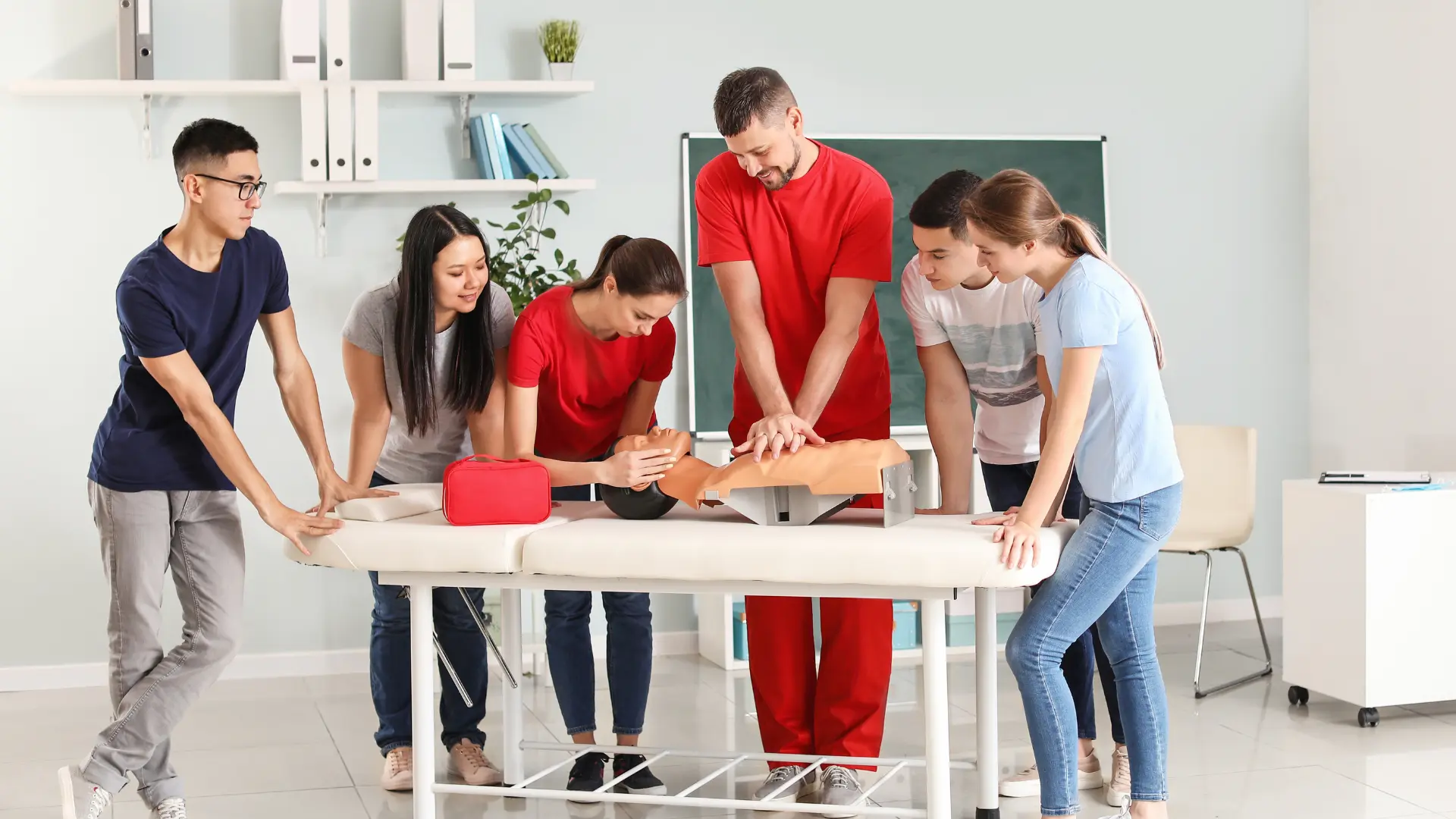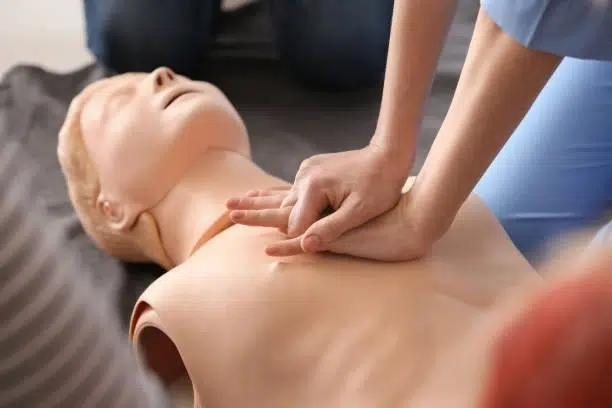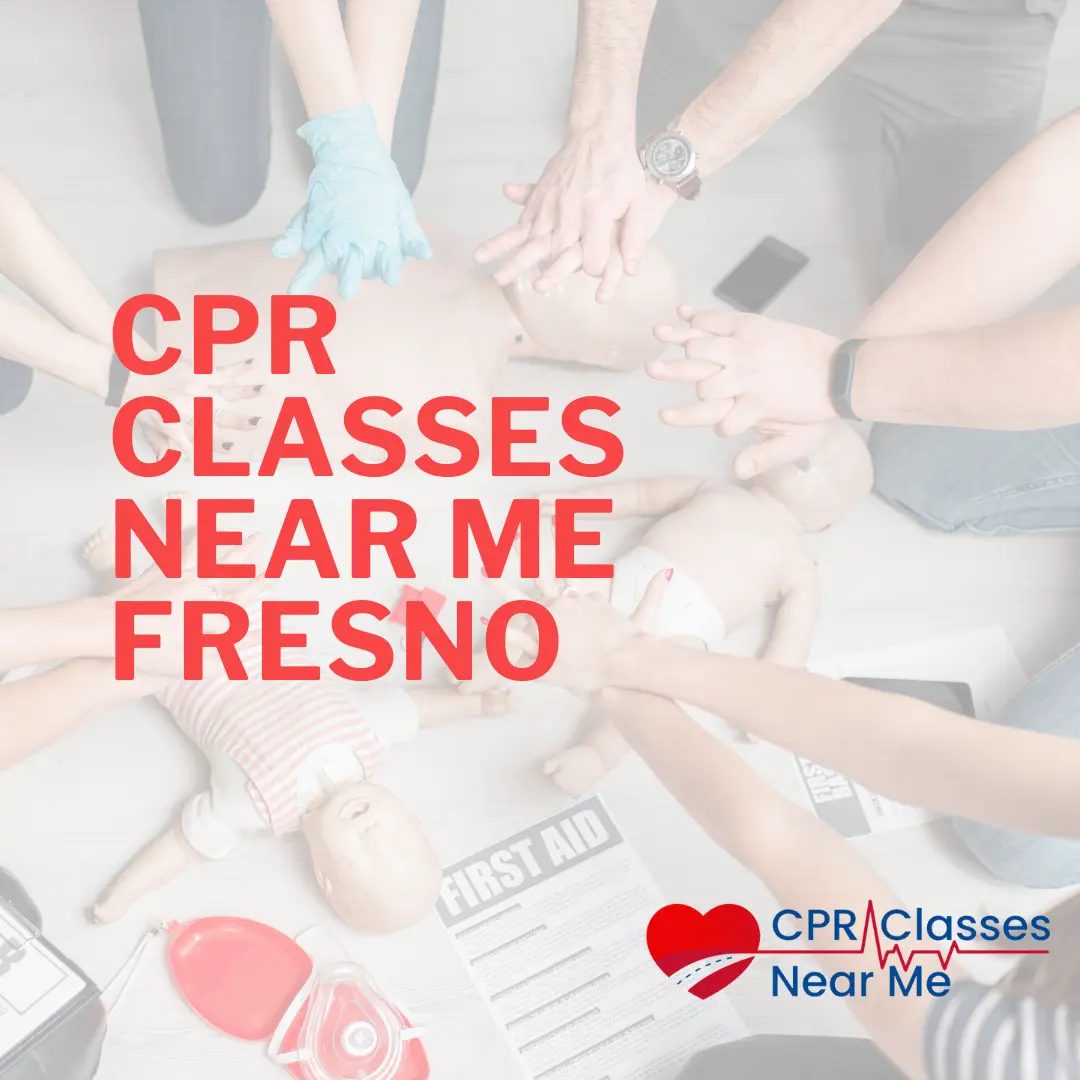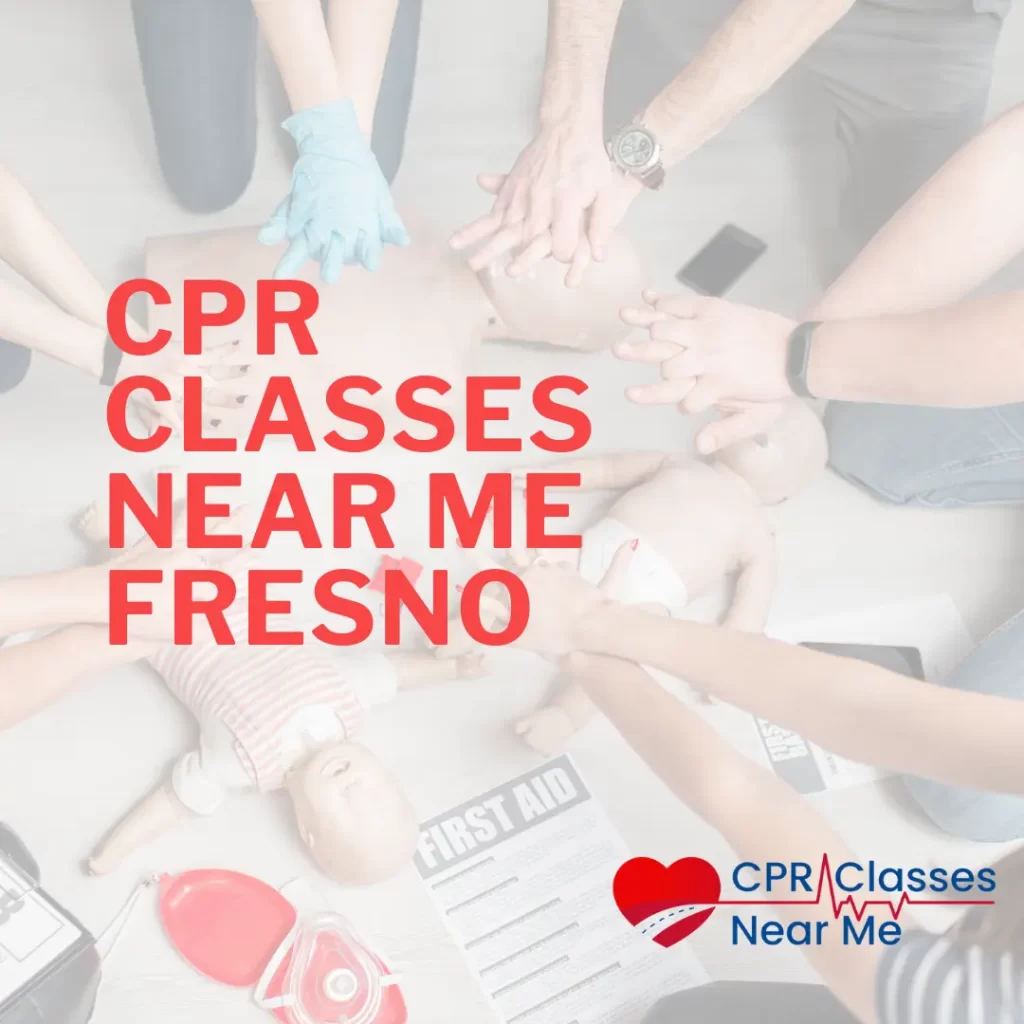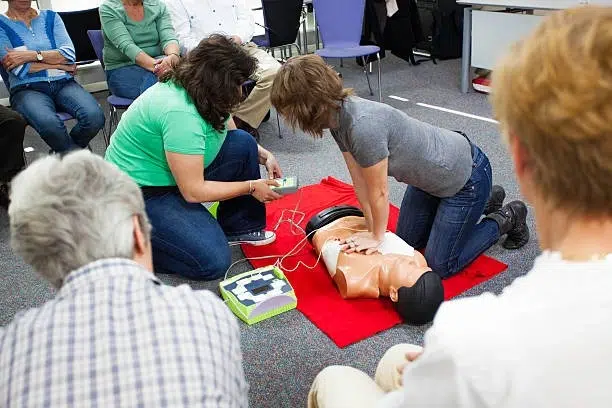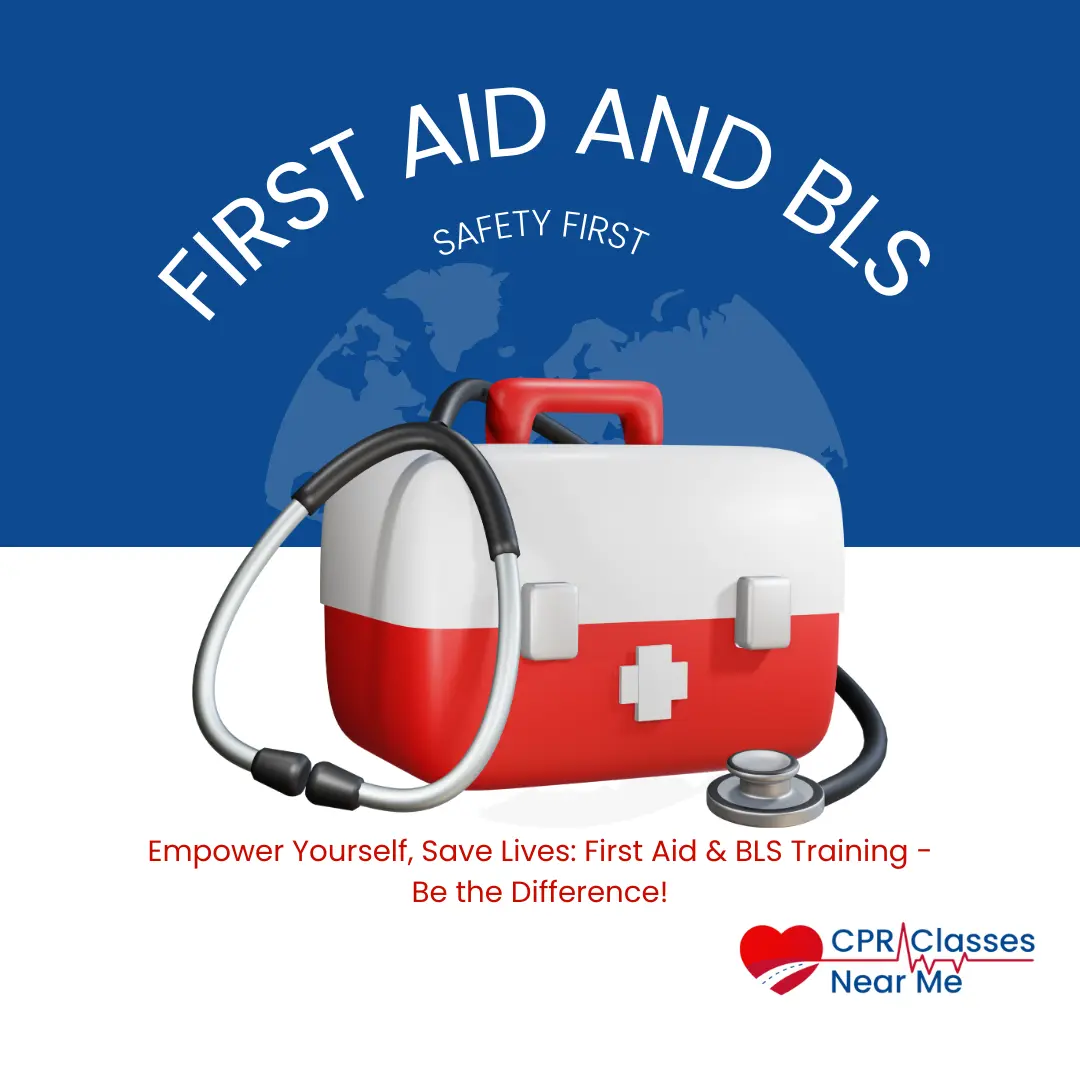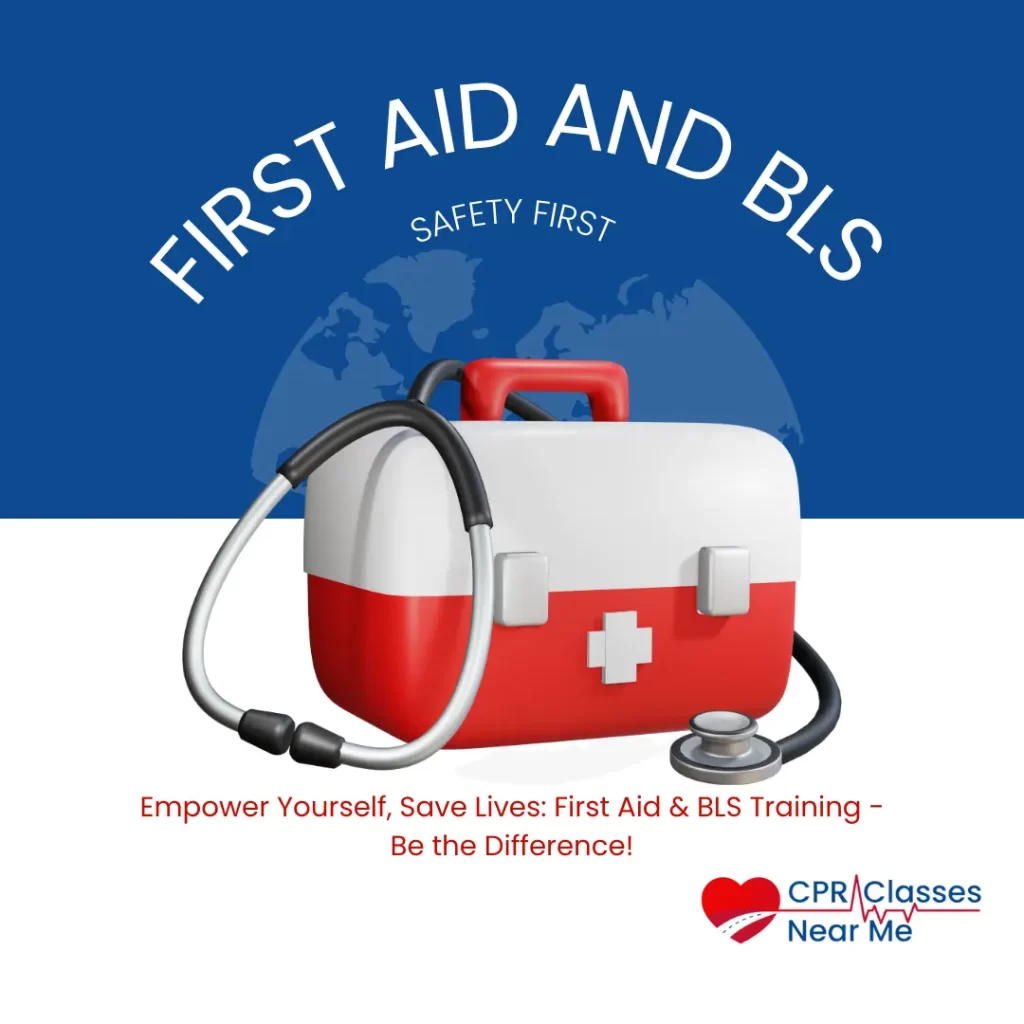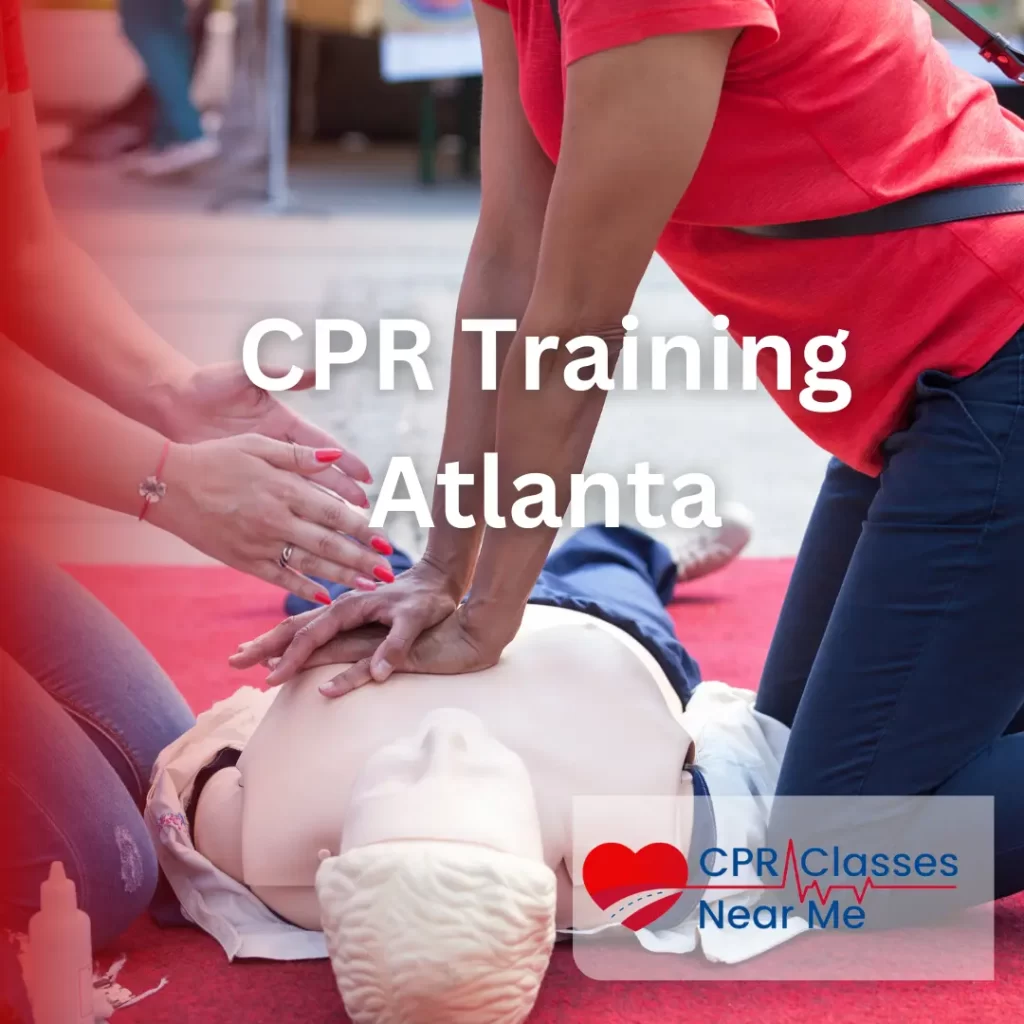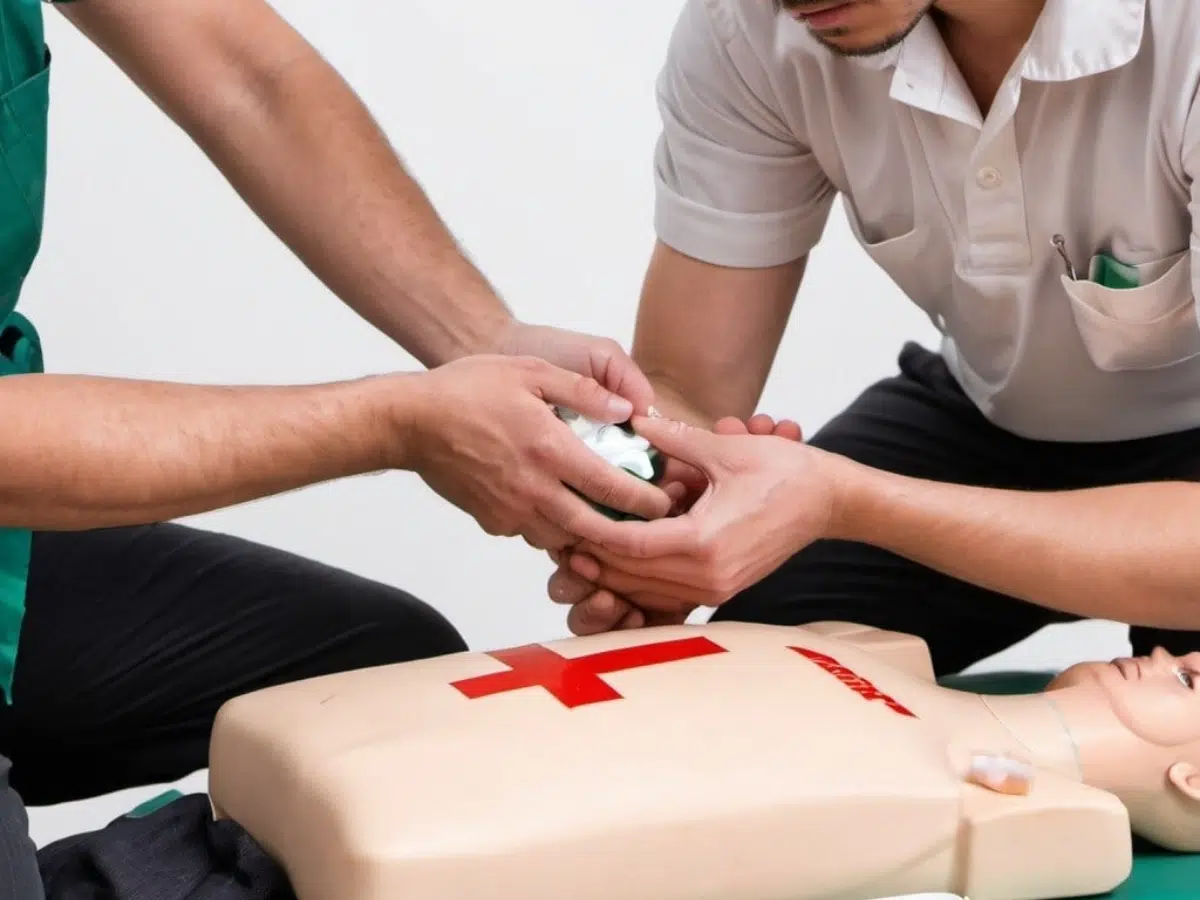Tips for Passing Written CPR Exam

Tips for Passing Written CPR Exam
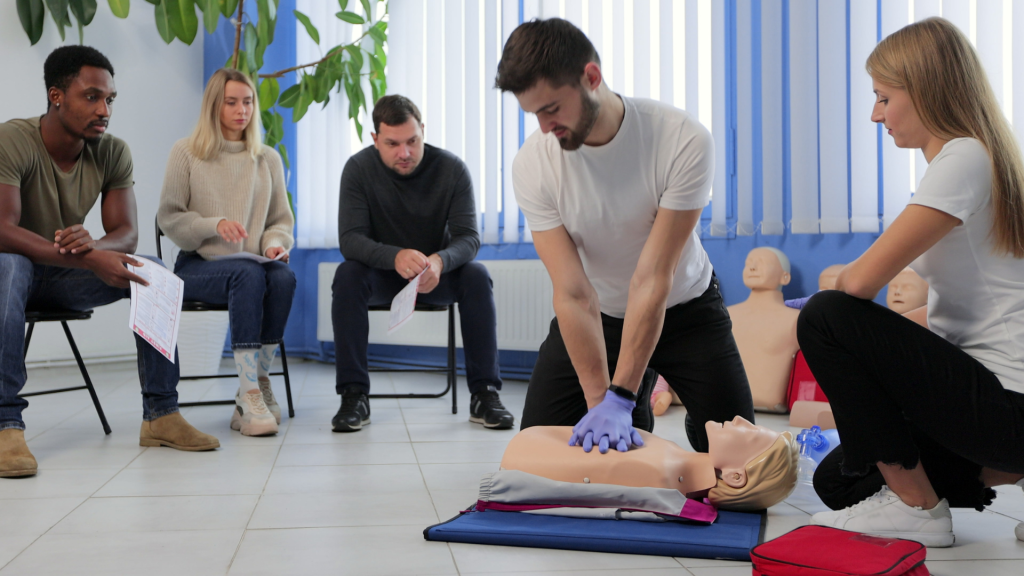
Passing the written CPR exam is a critical step for anyone aiming to become certified in CPR. Whether you are a healthcare professional, a lifeguard, or simply a responsible citizen, understanding how to pass this exam is essential. Here are some comprehensive tips for passing the written CPR exam that will not only help you succeed but also ensure that you retain the crucial life-saving knowledge for future use.
Understand the Exam Format
One of the first tips for passing the written CPR exam is to familiarize yourself with the format of the exam. Typically, the CPR written exam consists of multiple-choice questions that test your knowledge on various aspects of cardiopulmonary resuscitation. Understanding the structure of the questions and the topics covered will help you prepare effectively.
Focus on Key Topics
The exam often covers several key topics including the basic principles of CPR, the steps involved in performing CPR, the use of automated external defibrillators (AEDs), and the recognition of cardiac emergencies. Make sure you study these areas in depth as they form the foundation of most written CPR exams.
Study Official Guidelines
Another crucial tip for passing the written CPR exam is to study the official guidelines provided by authoritative bodies such as the American Heart Association (AHA) or the Red Cross. These organizations set the standards for CPR practices and their guidelines are frequently updated to reflect the latest research and recommendations. Ensuring that your knowledge aligns with these guidelines is essential for success on the exam.
Create a Study Schedule
Creating a structured study schedule is one of the most effective tips for passing the written CPR exam. Allocate specific times each day to study and review the material. Consistency is key; regular study sessions help reinforce your knowledge and make it easier to recall information during the exam.
Break Down the Material
Breaking down the study material into manageable sections can make studying less overwhelming. Focus on one topic at a time, such as the steps of CPR or the use of AEDs, and thoroughly understand each before moving on to the next. This method ensures comprehensive coverage of all necessary information.
Use Study Aids
Utilizing study aids such as flashcards, diagrams, and practice exams can significantly enhance your preparation. Flashcards are particularly useful for memorizing key terms and steps, while practice exams help you get accustomed to the format and time constraints of the real exam.
Attend a CPR Course
Attending a CPR course is not only beneficial but often required before taking the written exam. These courses provide hands-on training and in-depth instruction on CPR techniques and protocols.
Engage with Instructors
One of the most valuable tips for passing the written CPR exam is to actively engage with your instructors during the course. Ask questions whenever you are unclear about a topic and seek clarification on any points of confusion. Instructors can offer insights and tips that are not always available in textbooks or online resources.
Participate in Simulations
Participating in simulated CPR scenarios during your course can greatly enhance your understanding and retention of the material. Simulations provide a realistic environment in which you can practice and apply what you have learned, reinforcing your knowledge and boosting your confidence.
Practice Regularly
Regular practice is crucial for retaining the knowledge needed to pass the written CPR exam. Consistent review and repetition help solidify your understanding and recall of key concepts and procedures.
Review Course Materials
Frequently reviewing the materials provided during your CPR course ensures that the information remains fresh in your mind. Go over your notes, handouts, and any other resources regularly to keep your knowledge sharp.
Take Practice Tests
Taking practice tests is one of the most effective tips for passing the written CPR exam. Practice tests simulate the actual exam environment and help you identify areas where you need further study. They also help you get used to the time constraints and the types of questions that will be asked.
Understand the Steps of CPR
A thorough understanding of the steps of CPR is essential for passing the written CPR exam. This includes knowing how to assess the situation, call for help, and perform chest compressions and rescue breaths correctly.
Assessing the Situation
The first step in performing CPR is to assess the situation. You need to check for responsiveness and breathing. Understanding how to quickly and accurately assess the situation is crucial for effective CPR and is often tested in the written exam.
Performing Chest Compressions
Chest compressions are a critical component of CPR. You need to know the correct hand placement, compression depth, and rate. The written exam will test your knowledge of these details, so make sure you understand and can recall them accurately.
Rescue Breaths
In addition to chest compressions, rescue breaths are another essential part of CPR. Knowing the correct technique for delivering rescue breaths, including how to open the airway and ensure effective ventilation, is crucial for passing the written exam.
Learn AED Use
Automated external defibrillators (AEDs) are life-saving devices that are often included in CPR training and written exams. Understanding how to use an AED correctly is one of the key tips for passing the written CPR exam.
Knowing When to Use an AED
The written exam will test your knowledge of when and how to use an AED. This includes recognizing the signs of cardiac arrest and knowing the steps to follow to operate the AED safely and effectively.
Following AED Instructions
AEDs are designed to be user-friendly, with voice and visual prompts to guide you through the process. However, it is still important to understand the instructions and know what to expect. Familiarize yourself with the AED’s functions and practice using one if possible.
Understand Legal and Ethical Considerations
Understanding the legal and ethical considerations of performing CPR is another crucial tip for passing the written CPR exam. This includes knowing the Good Samaritan laws, obtaining consent, and understanding the importance of acting within your level of training.
Good Samaritan Laws
Good Samaritan laws protect individuals who provide assistance in emergency situations. Knowing these laws can give you the confidence to act in an emergency and will also be covered in the written exam.
Obtaining Consent
Before performing CPR, it is important to obtain consent if the person is conscious and able to respond. Understanding the procedures for obtaining consent and the exceptions to this rule is essential for the written exam.
Acting Within Your Training
It is important to act within the scope of your CPR training. Performing procedures that you are not trained or certified to do can have legal implications. The written exam will test your understanding of these boundaries.
Manage Exam Anxiety
Managing exam anxiety is a crucial aspect of successfully passing the written CPR exam. Anxiety can negatively impact your ability to recall information and perform well.
Preparation and Practice
Thorough preparation and regular practice can significantly reduce exam anxiety. The more confident you are in your knowledge and abilities, the less anxious you will feel.
Relaxation Techniques
Learning and practicing relaxation techniques such as deep breathing, visualization, and positive self-talk can help manage anxiety on exam day. These techniques can help calm your nerves and improve focus.
Conclusion
Passing the written CPR exam is a vital step in becoming CPR certified. By understanding the exam format, creating a study schedule, attending a CPR course, practicing regularly, understanding the steps of CPR and AED use, knowing the legal and ethical considerations, and managing exam anxiety, you can significantly increase your chances of success. Following these tips for passing the written CPR exam will not only help you achieve certification but also ensure that you are prepared to save lives in emergency situations.
AHA BLS CPR & AED Classes
About Author:
admin
Recent Posts
- Top Industries in Denver, CO That Require CPR Certification
- Stay Certified: CPR for Personal Trainers & Coaches in Denver
- Infant CPR Training for Babysitters and Nannies in Denver, CO
- The Importance of CPR and AED Training in Denver, CO Workplaces
- Why Every Parent in Denver, CO Should Take an Infant & Child CPR Class

